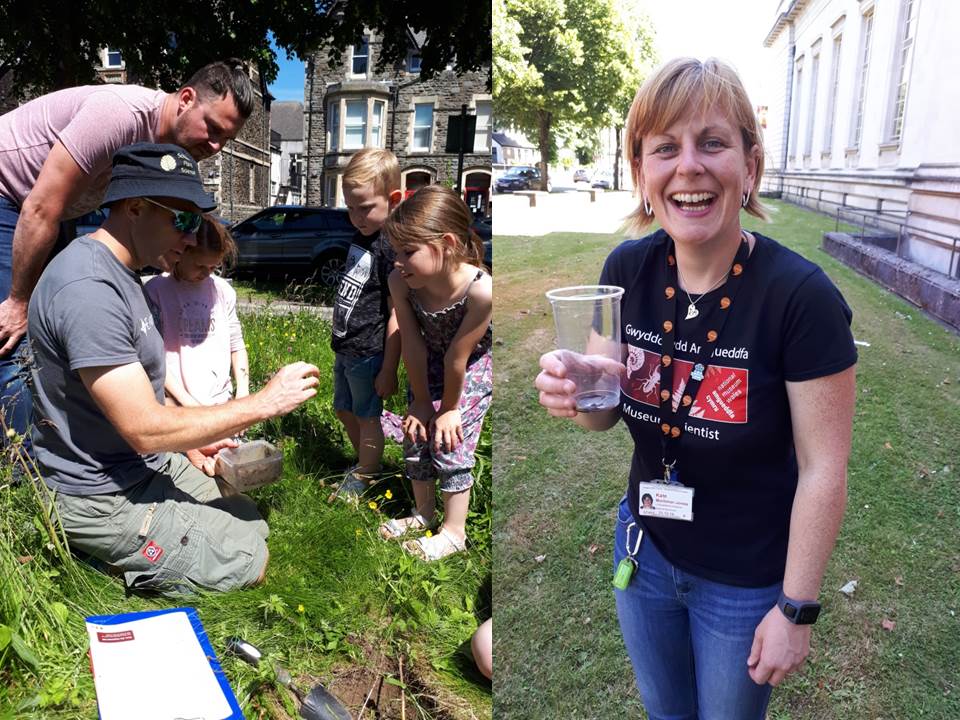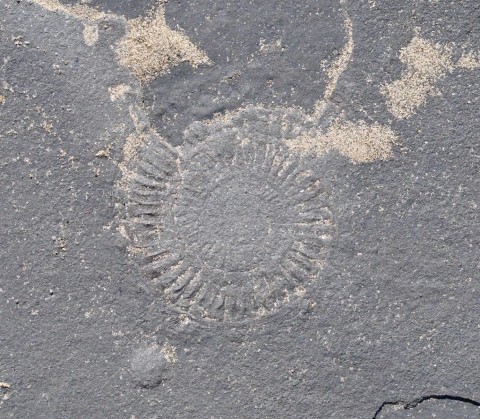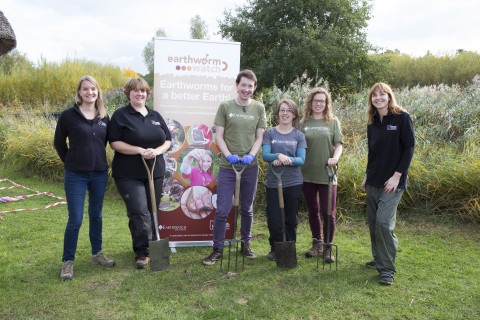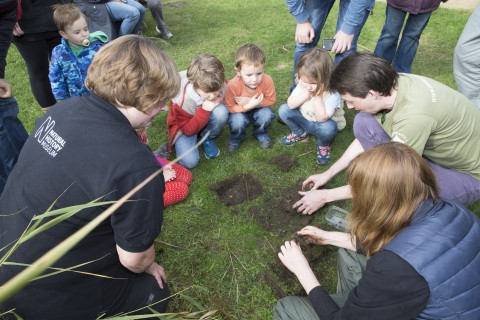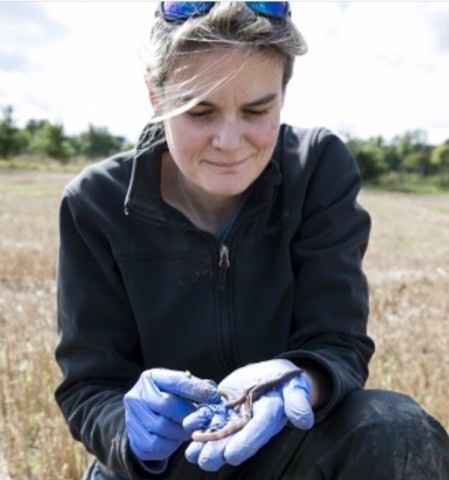On Saturday 17th June, myself and Dr. Alan Jones, Earthwatch’s Science Research Manager from the Earthworm Watch team had a brilliant time travelling to the world-class Amgueddfa Genedlaethol Caerdydd - National Museum Cardiff to take part in our ‘Get A Wriggle On!’ event hosted by the museum. The event was also a chance for us to reach out to the people of Wales, engage people in the work of Earthworm Watch and encourage everyone to dig for earthworms to meet our target of 500 unique data points.
The event aimed to explore the amazing diversity of worms from around the world, with help from leading scientist , Katie Mortimer-Jones and Kiani Perera of the Open Air Laboratories (who run their own soil and earthworm survey). Amgueddfa Genedlaethol Caerdydd - National Museum Cardiff also leads on research into marine biodiversity in Britain, particularly Wales. Katie, Alan and myself were there to field important questions that people had about marine worms and earthworms.
We had over 150 people take part in worm-related activities and it was great to see so many enthusiastic families and children who were keen to take part in the survey. Alan undertook some Earthworm Watch surveys of the lawn and meadow, whilst the event for me was a chance to test out my earthworm charming skills.
Myself, Katie, Alan and Kiani had a go at charming the earthworms and Katie, clearly a seasoned professional did very well catching 5 worms in the space of only a couple of minutes. The earthworms responded to the vibrations above ground made by ourselves and in doing so came to the surface. This is something that birds do to attract worms for food and there is an amusing video on Twitter of our attempts to do this! Other activities included making your own worm, testing out your worm knowledge and taking part in an OPAL survey demonstration.
The sun shone beautifully for us, but sadly this isn’t ideal earthworm weather and it is for his reason that if we continue to get hot, dry weather earthworms will begin to move deeper underground. As Lead Scientist Victoria Burton explains in a previous news story ‘Where do earthworms go in Summer?’ they may not be around in the middle of Summer when you finally go to survey them.
The spread of where we count earthworms and identify the soils that they are found in across the country is also very important. To better understand the abundance of earthworms in different soils, Earthworm Watch is asking you to monitor earthworms numbers found in a huge variety of soil samples (taken from two different habitats) across a range of environmental conditions.
To meet this challenge, we are asking everyone to survey as far and wide across as broad a geographical area as you can, which is why we asked the people of #Wales to help us. We currently have data points in the south, south east, but fewer in Wales, the west, north, north-west and north-east England and Scotland. The data you collect is even more valuable to our scientists if it occurs where environmental conditions vary greatly in the UK.
As the season continues to get hotter, time will run out for you to do your survey. If you need more information, then watch our video which explains step by step how to do your Earthworm Watch survey! If you have been to or heard about an Earthworm Watch event in Oxford, Bristol or Cardiff or found out about it in another way, and wanted to get involved, then sign up here, or if you have received a pack, but yet to do it, please complete your survey as soon as possible. If you haven’t submitted your data, then please submit your data here.
It really will help us to better understand the abundance of earthworms, the soils they are found and the services that they provide for us that many of us all take for granted! Thanks to everyone for submitting records so far. Your support and assistance in completing the survey to improve our understanding of earthworm ecology is greatly appreciated!

